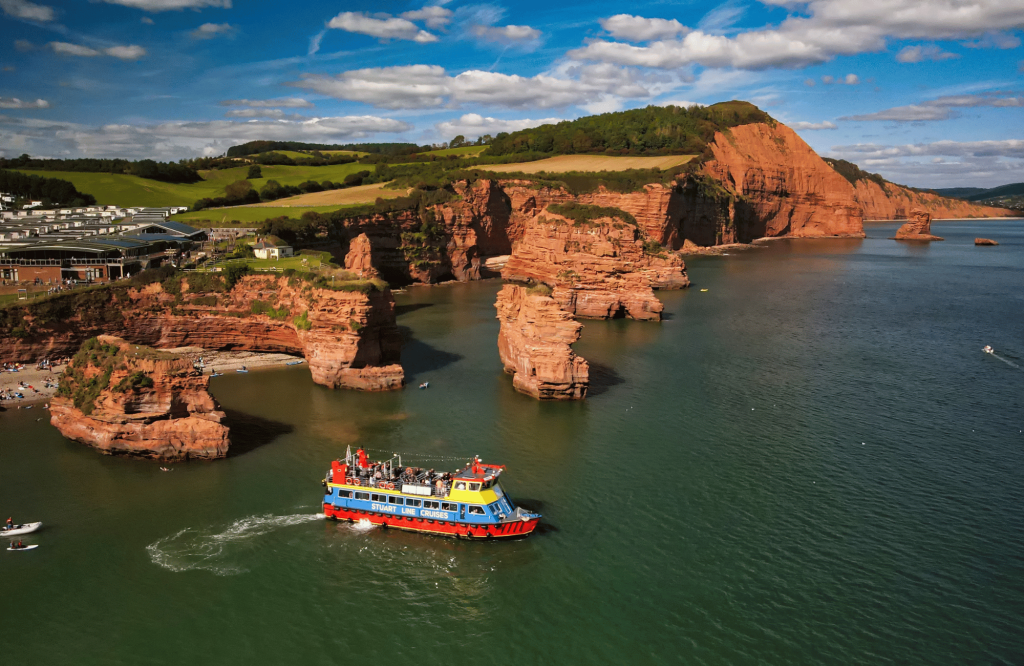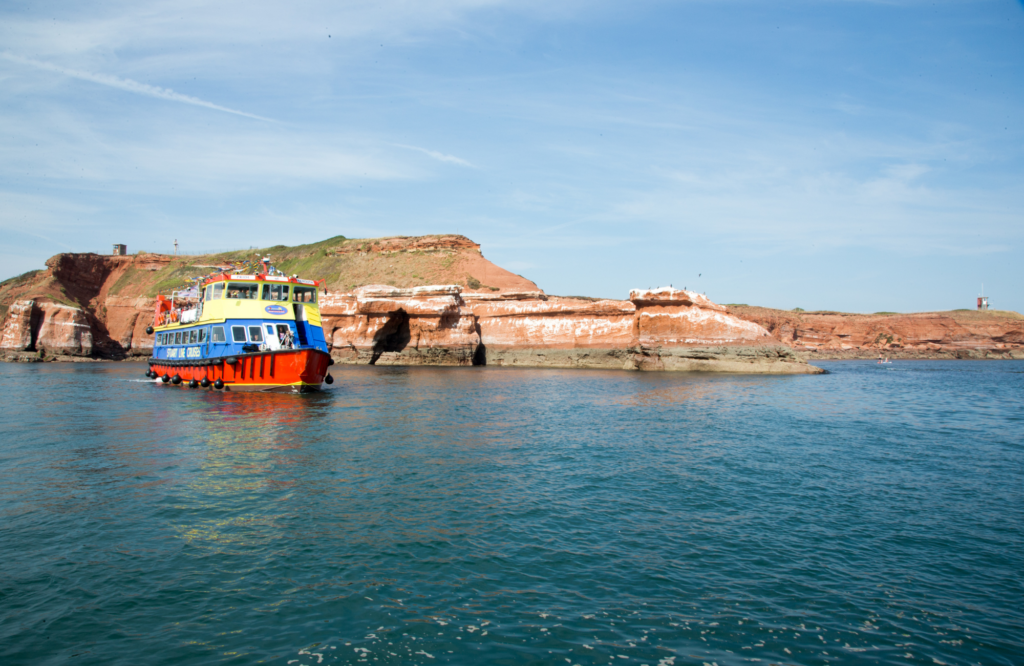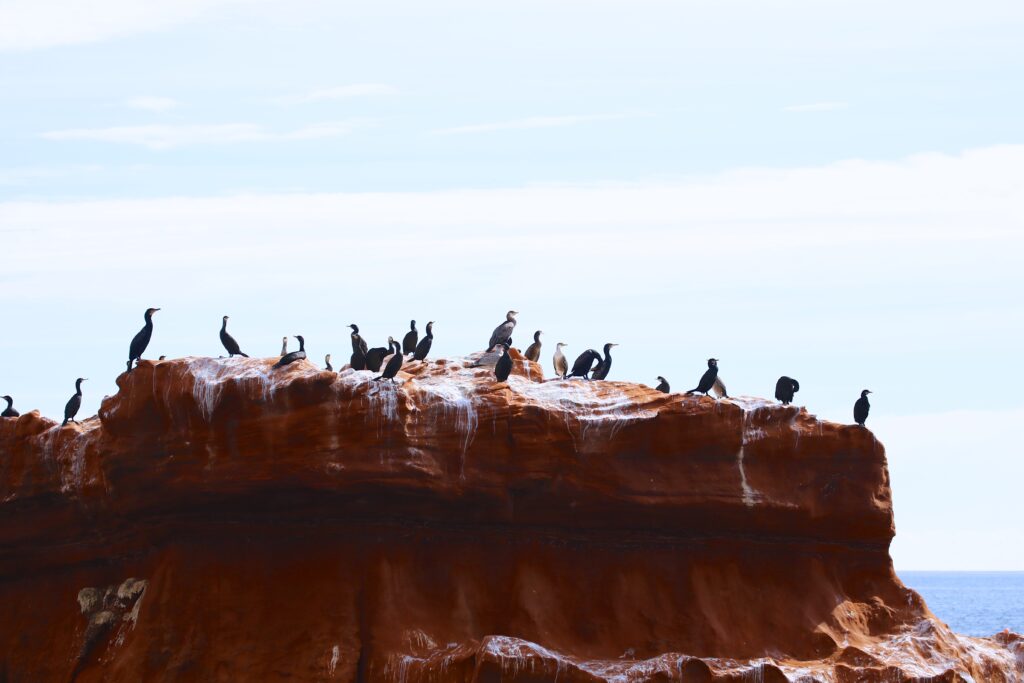Imagine stepping back in time, not with a time machine, but by simply sailing along a coastline. This isn’t science fiction; it’s the reality of the Jurassic Coast, a breathtaking stretch of coastline in southern England designated as a UNESCO World Heritage Site.
But what exactly is a UNESCO World Heritage Site, and why is the Jurassic Coast so special? Let’s embark on a journey through time and geology to understand the significance of this remarkable natural wonder.

UNESCO: Protecting Our Past for the Future
The United Nations Educational, Scientific and Cultural Organization (UNESCO) established the World Heritage Convention in 1972. This international treaty aims to identify and protect cultural and natural heritage considered to be of outstanding universal value to humanity.
These sites transcend national borders and belong to all people of the world, representing humanity’s cultural and natural achievements along with our shared history. To be designated as a World Heritage Site, a place must meet at least one of ten selection criteria, which encompass cultural, historical, and scientific significance.
The Jurassic Coast fits perfectly under the category of natural heritage sites that “are outstanding examples representing major stages of Earth’s history, including the record of life, geological and geomorphological formations and natural beauty.”
A Cruise Through Time: Unfolding the Layers of the Jurassic Coast
Stretching for 95 miles along the southern coast of England, the Jurassic Coast offers a unique geological spectacle. Here, 185 million years of Earth’s history are literally laid bare, exposed in a dramatic sequence of rock formations. As you sail along the coastline, you’re essentially taking a journey through time, traversing millions of years through Earth’s history.
Triassic Tales: The adventure begins with the Triassic period, which lasted roughly from 252 million to 201 million years ago. The oldest rocks of the Jurassic Coast, primarily red sandstones and mudstones, were deposited during this period in a vast desert environment. While fossils are scarce, footprints of early reptiles and amphibians have been found in these rocks, offering a glimpse into the first inhabitants of this ancient landscape. This is the age we sail through, from Exmouth to Sidmouth, beyond though, lays even more history that can be explored by foot or bike.

Jurassic Jewels: As you move further along the coast, you enter the namesake period, the Jurassic, which spanned from 201 million to 145 million years ago. The dramatic cliffs and coves are formed from limestone and mudstone layers deposited in a shallow sea teeming with marine life. Fossils of ammonites (coiled-shell cephalopods), belemnites (extinct squid-like creatures), and sea urchins are abundant in these Jurassic rock formations.
One particularly famous geological feature is the aptly named “Durdle Door,” a natural arch carved by the relentless waves from limestone formed during the Jurassic period. Fossil hunters can also rejoice at the chance to discover fossilized remains of ichthyosaurs (marine reptiles) in the cliffs around Lyme Regis.
Cretaceous Capstone: The final chapter of the Jurassic Coast’s story unfolds with the Cretaceous period, lasting from 145 million to 66 million years ago. During this period, the sea deepened, and chalk deposits, formed from the microscopic shells of marine organisms, became the dominant rock type. Fossils of marine reptiles like plesiosaurs and mosasaurs can be found in these chalk formations.
The iconic white cliffs near West Bay are a stunning example of Cretaceous chalk formations. These cliffs have even been featured in films like “Remains of the Day” and “Sense and Sensibility,” adding a layer of cinematic history to the Jurassic Coast’s rich tapestry.
Beyond Fossils: A Landscape Steeped in Beauty and Biodiversity
While the Jurassic Coast is primarily known for its incredible fossil record, its beauty extends far beyond paleontology. The dramatic cliffs and coves sculpted by millions of years of erosion offer breathtaking coastal scenery. Lush green rolling hills frame the coastline in some areas, creating a stunning contrast between land and sea.

The region is also a haven for diverse wildlife. Seabirds like guillemots and razorbills can be seen nesting on the cliffs, while dolphins, basking sharks (they eat plankton) and seals can occasionally be spotted frolicking in the waves. The chalk grasslands above the cliffs are home to a variety of wildflowers and butterflies, adding a touch of vibrant color to the landscape.
Time travel is made easy, fun and enjoyable with Stuart Line Cruises. Join us on a Geology Day Cruise, enjoy a shorter cruise with a mini coastal cruise, or even enjoy a Jurassic Coast Cruise with a cream tea or a day trip to Sidmouth! Who though time travel would be so easy!
Get To Know Us!
Sign up to our newsletter for monthly highlights, entertaining anecdotes and details of upcoming cruises and events!
